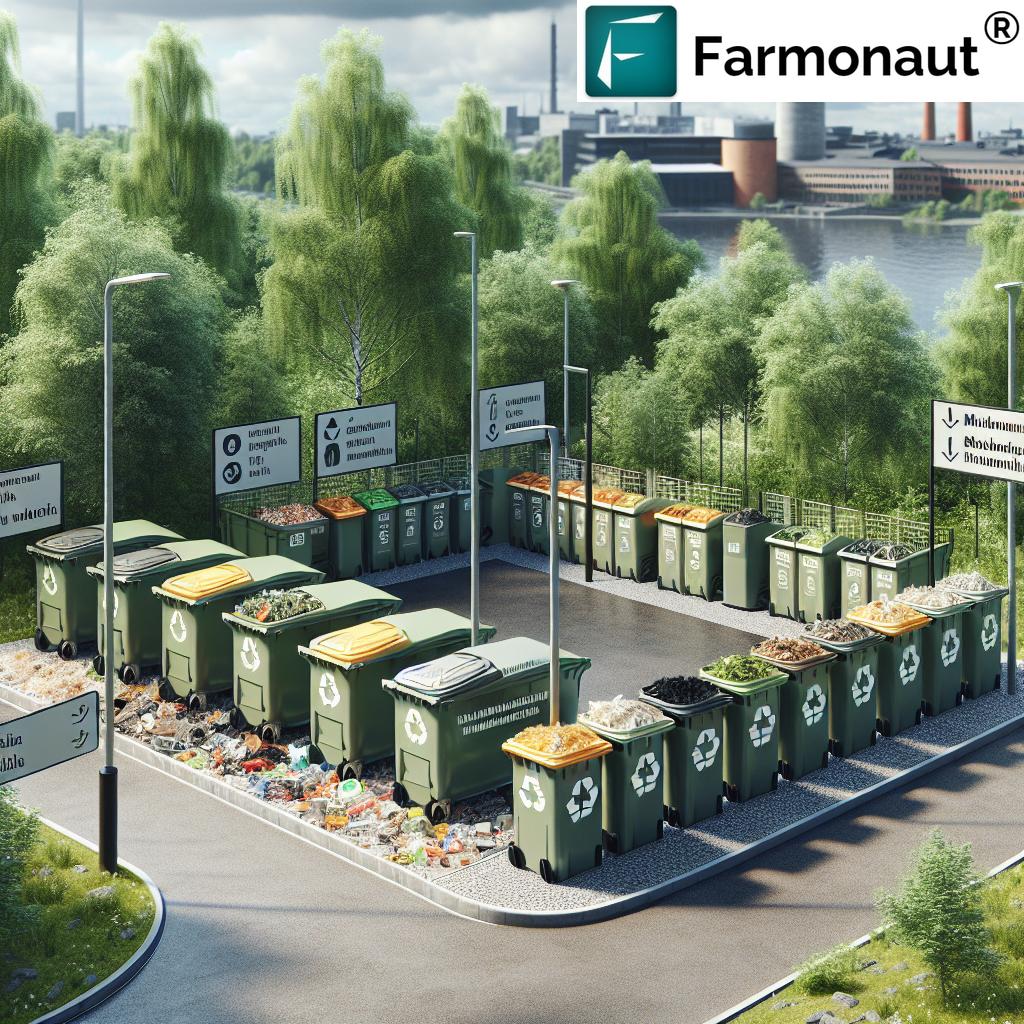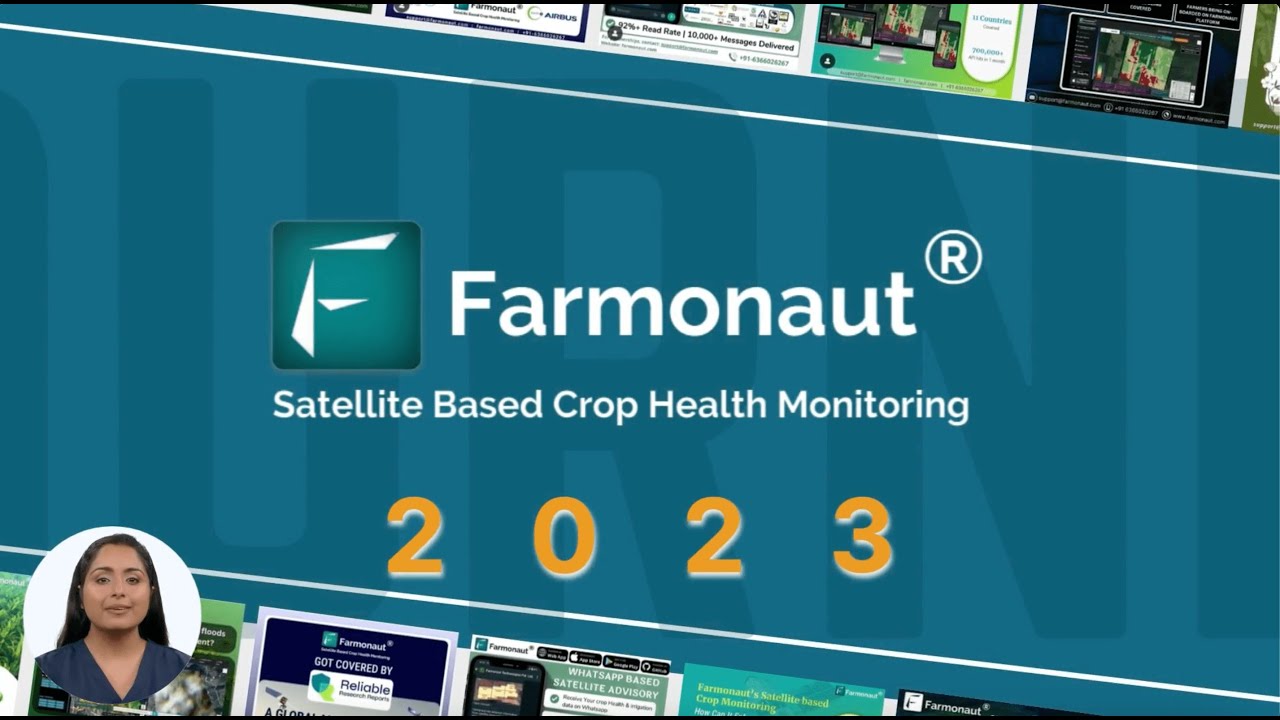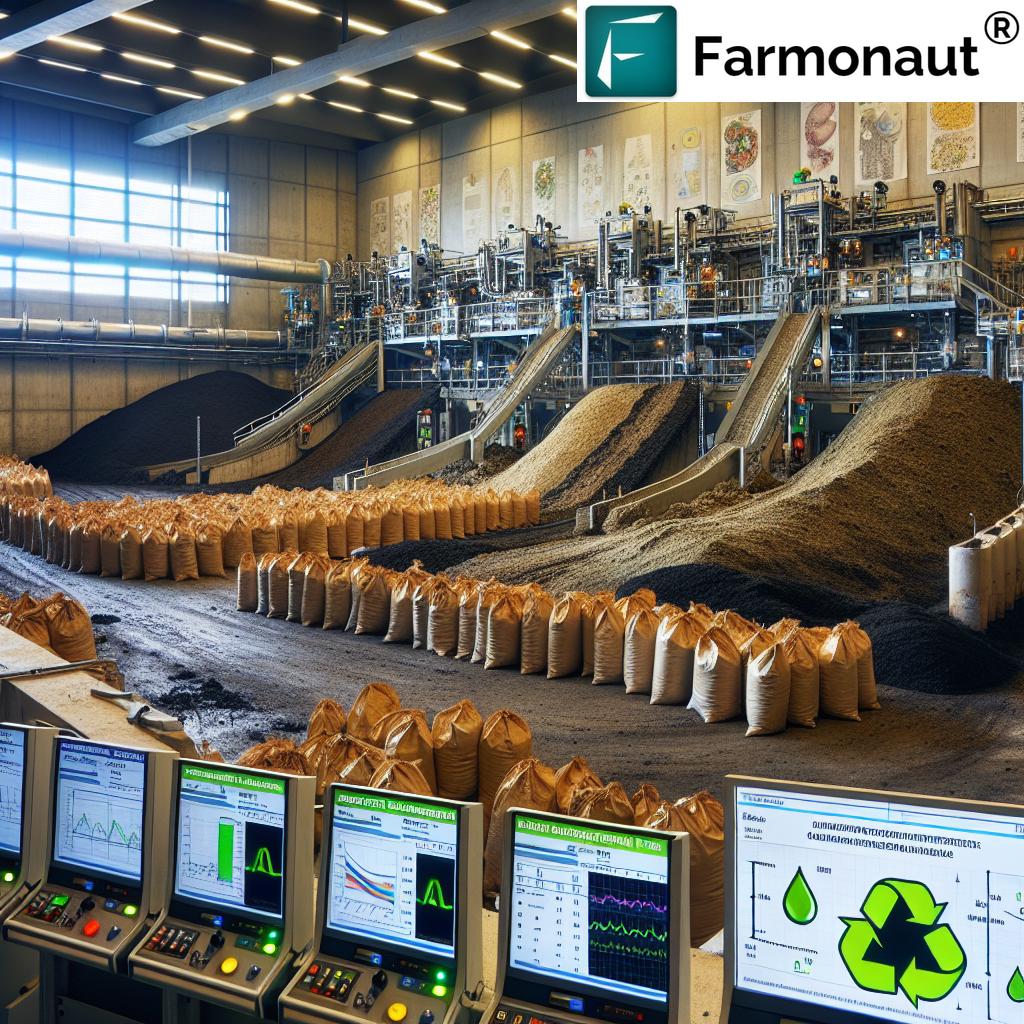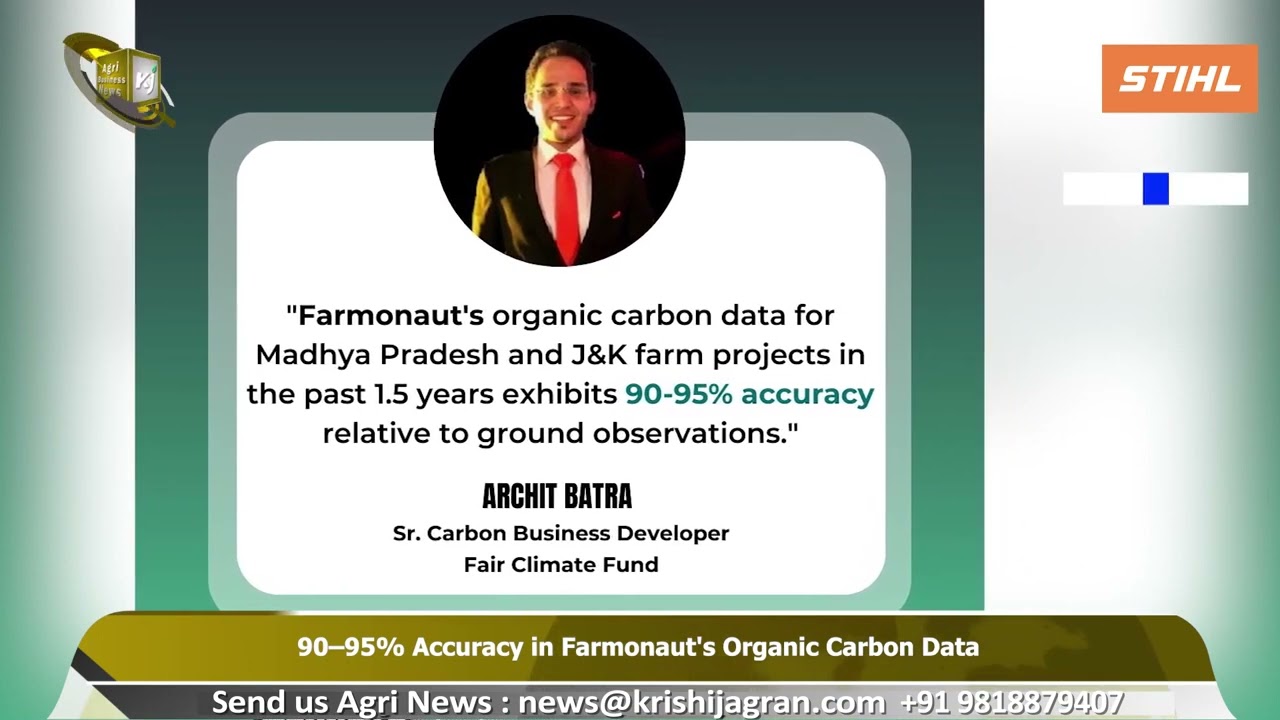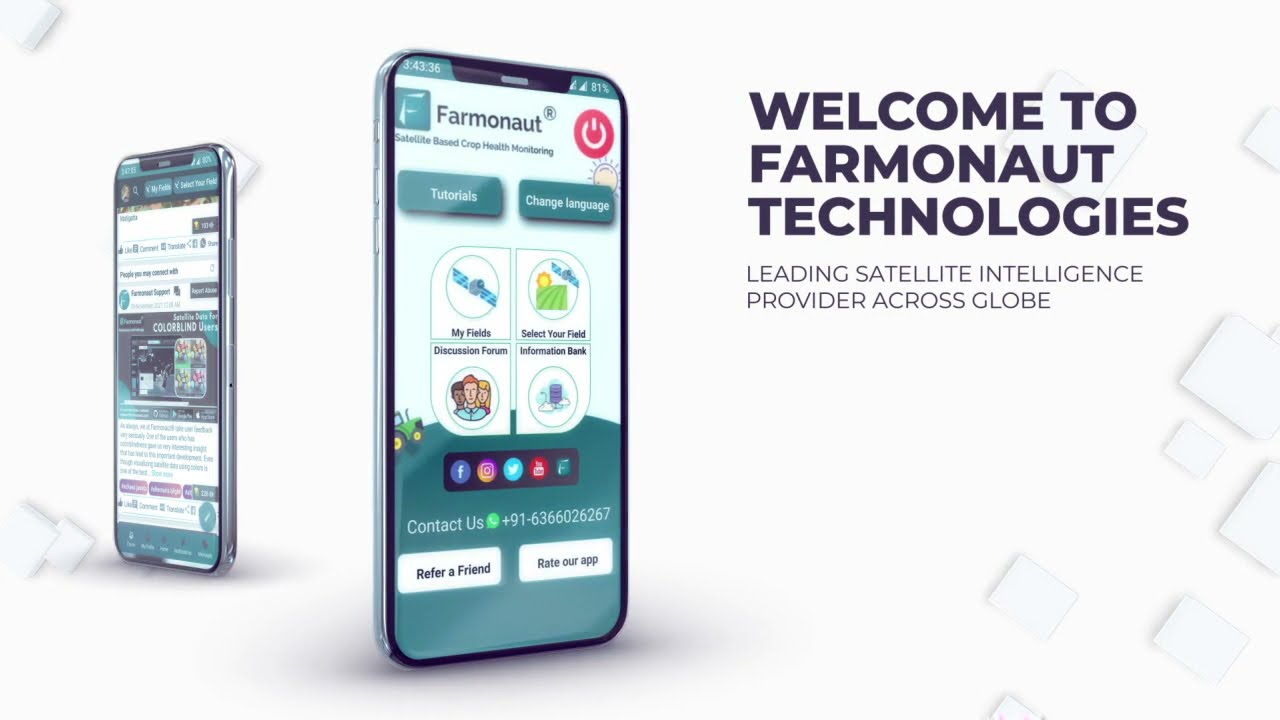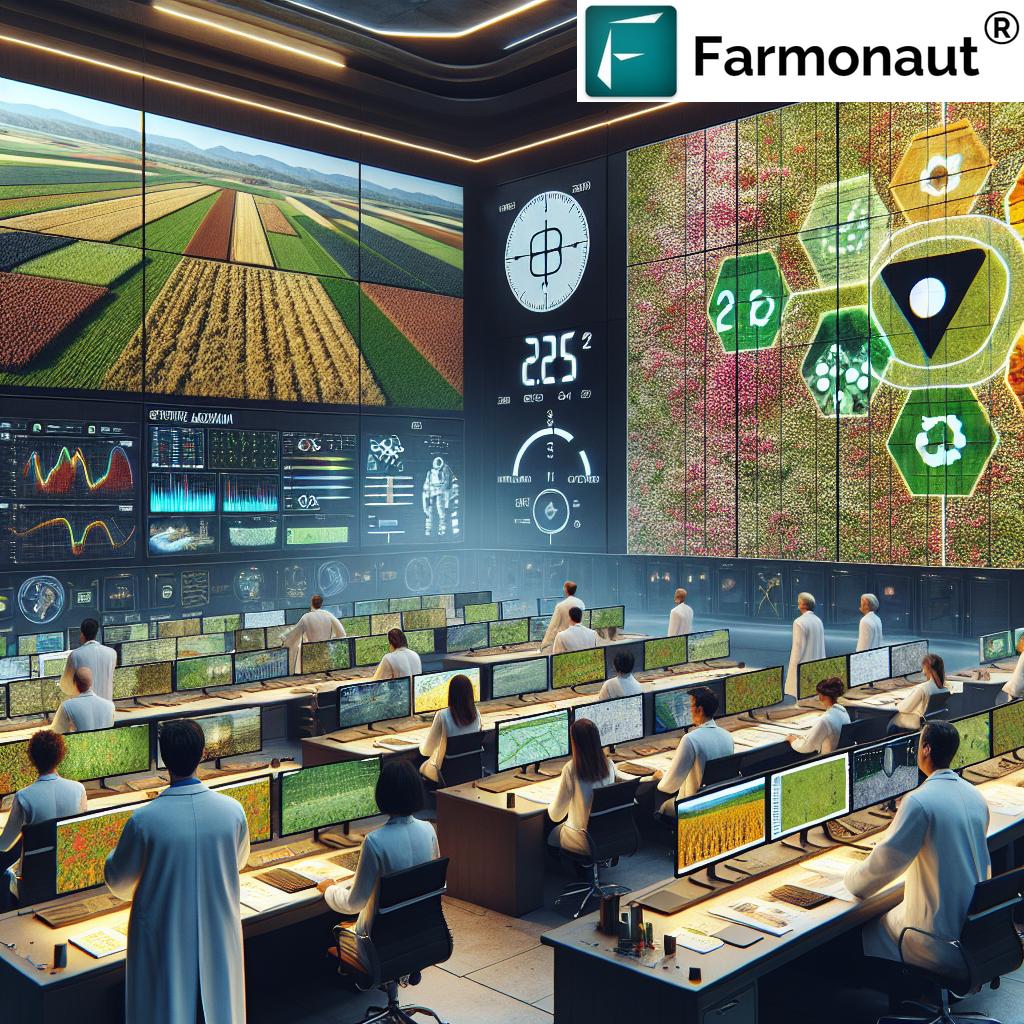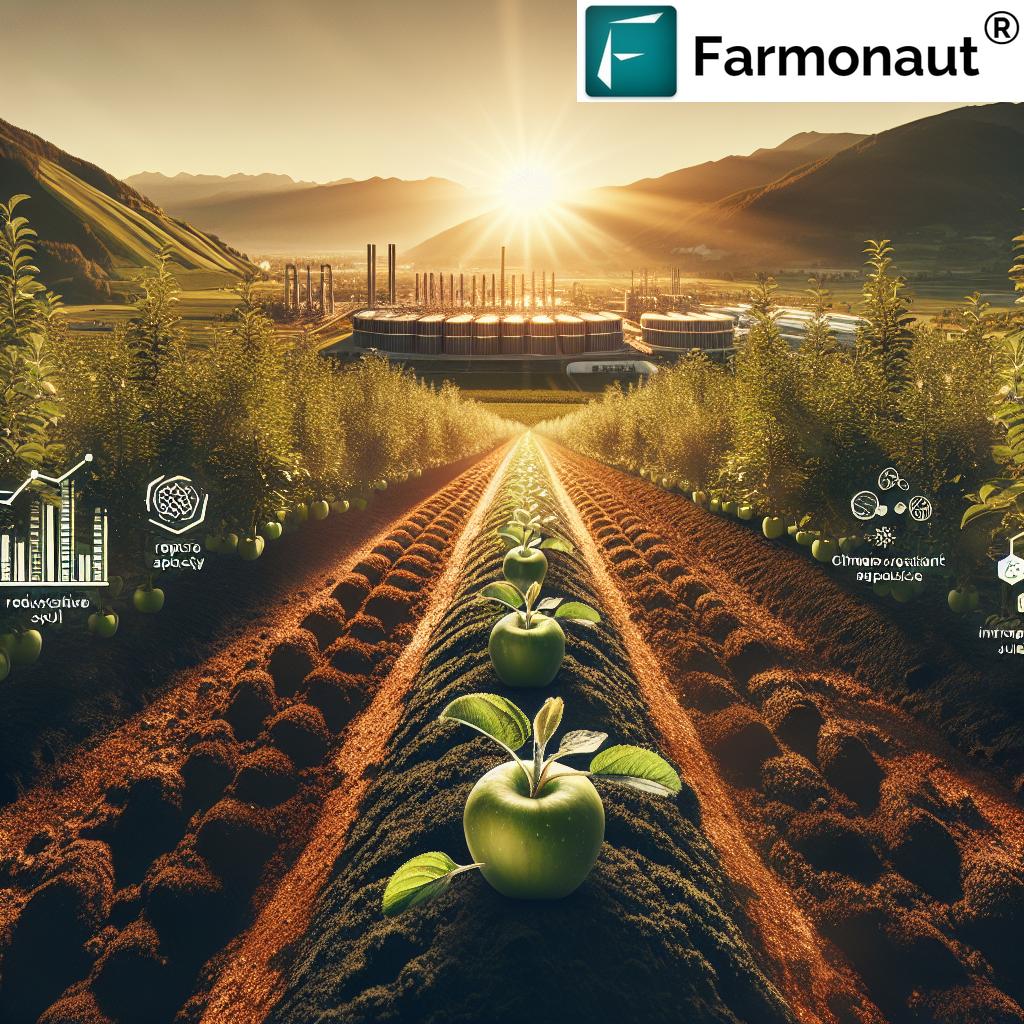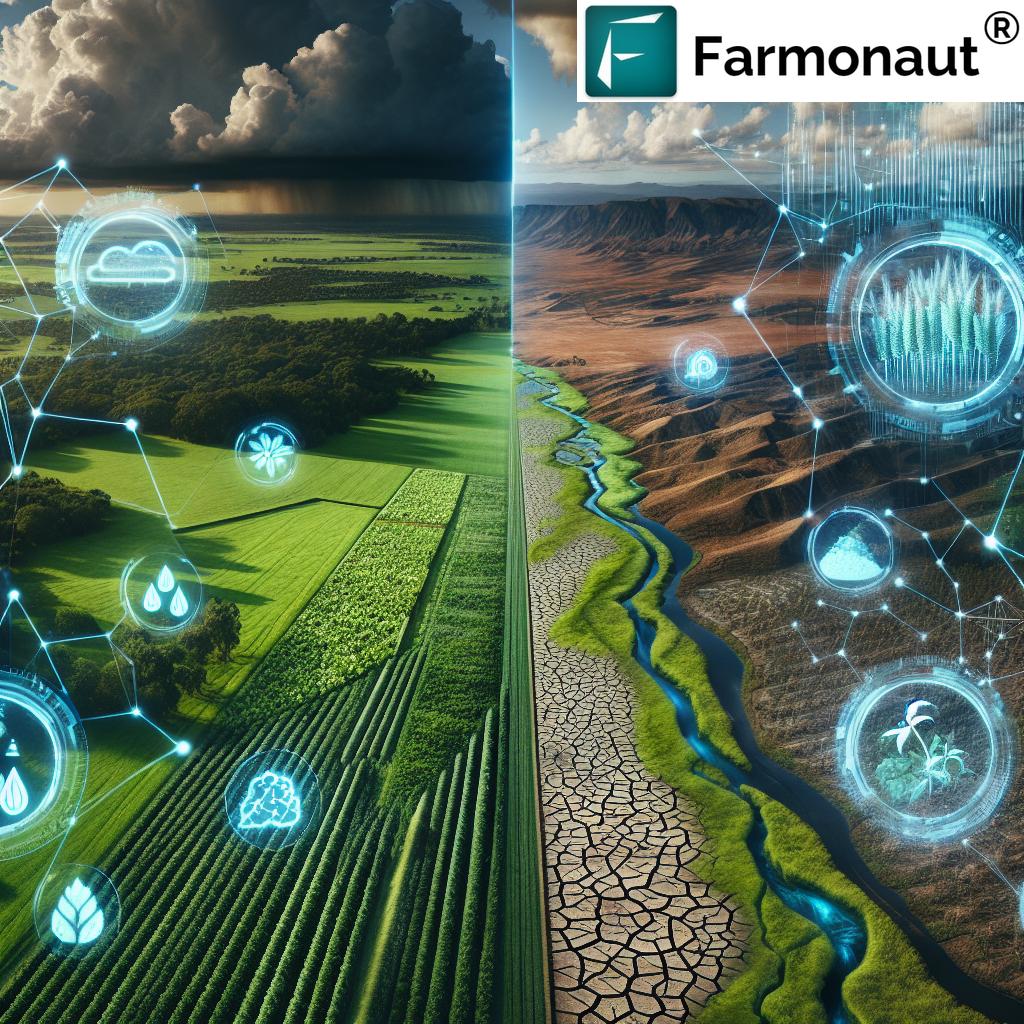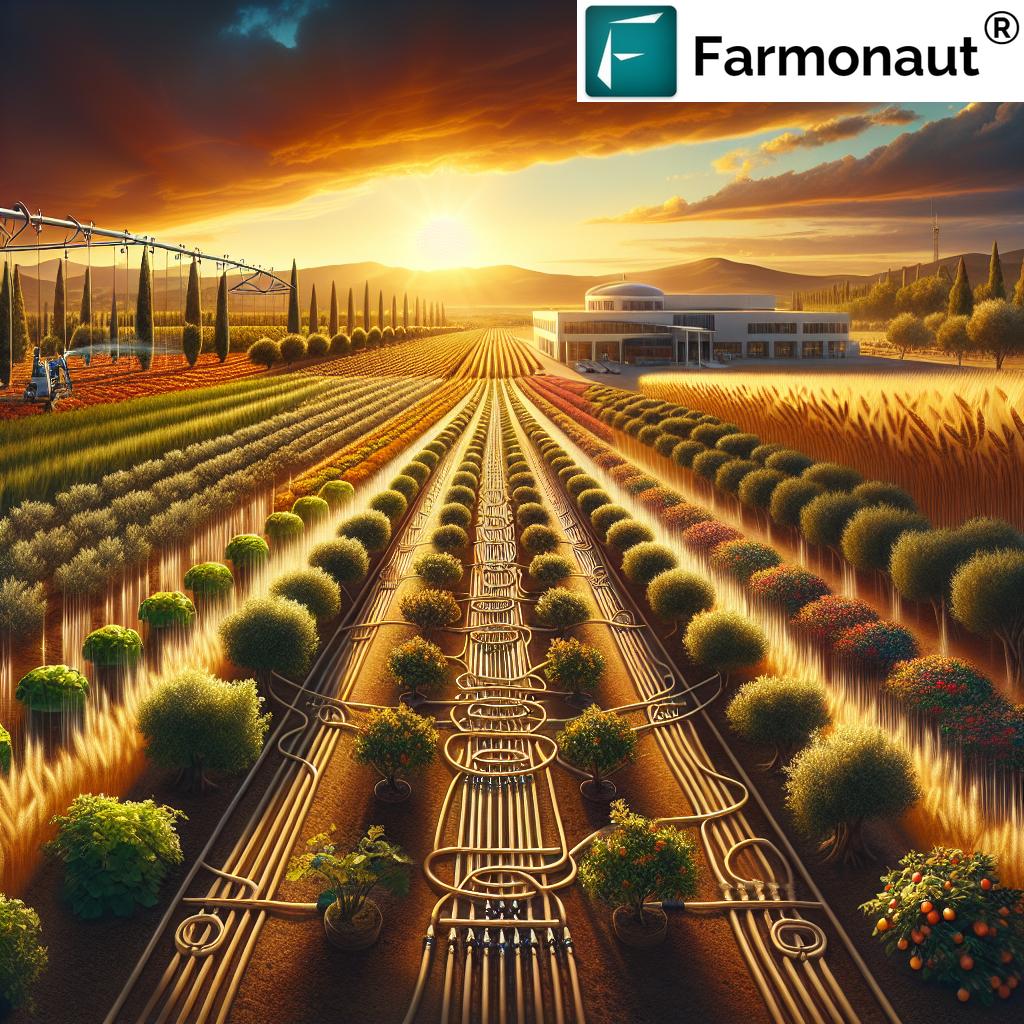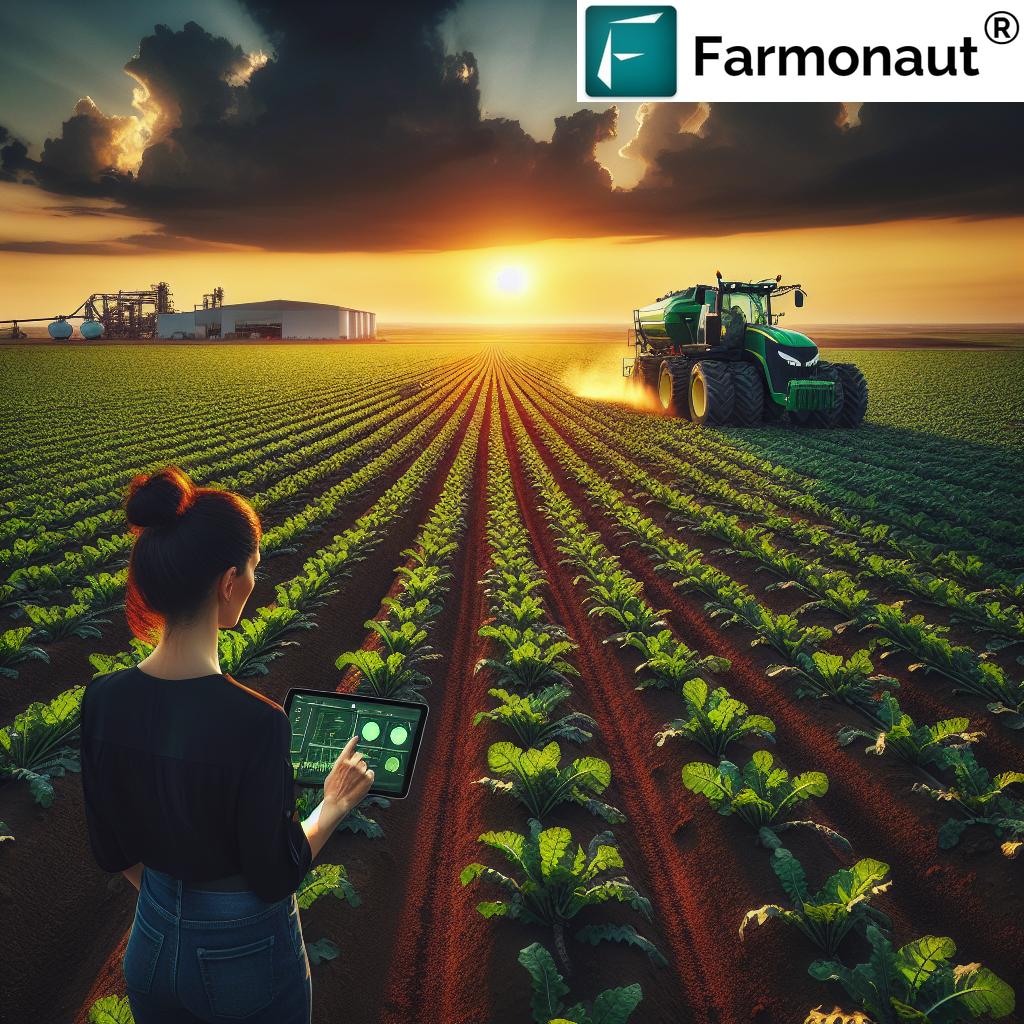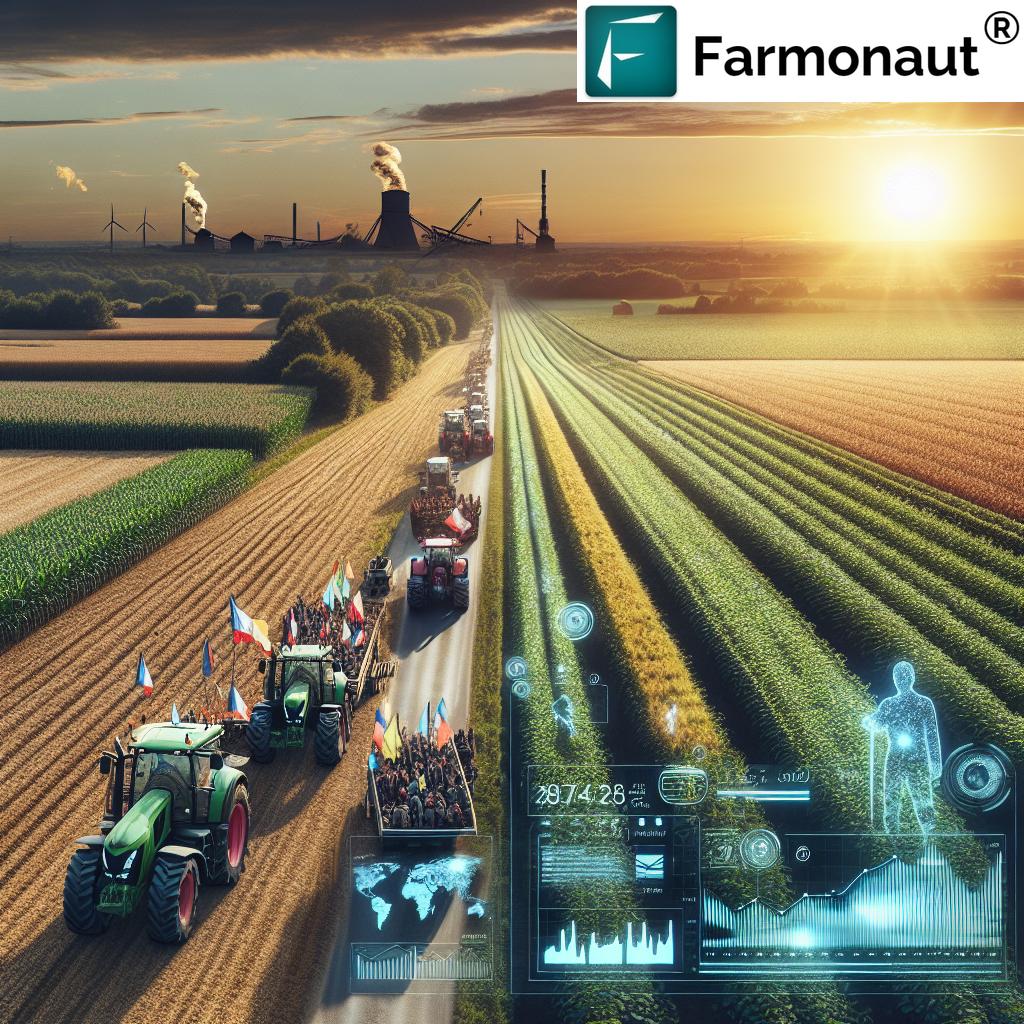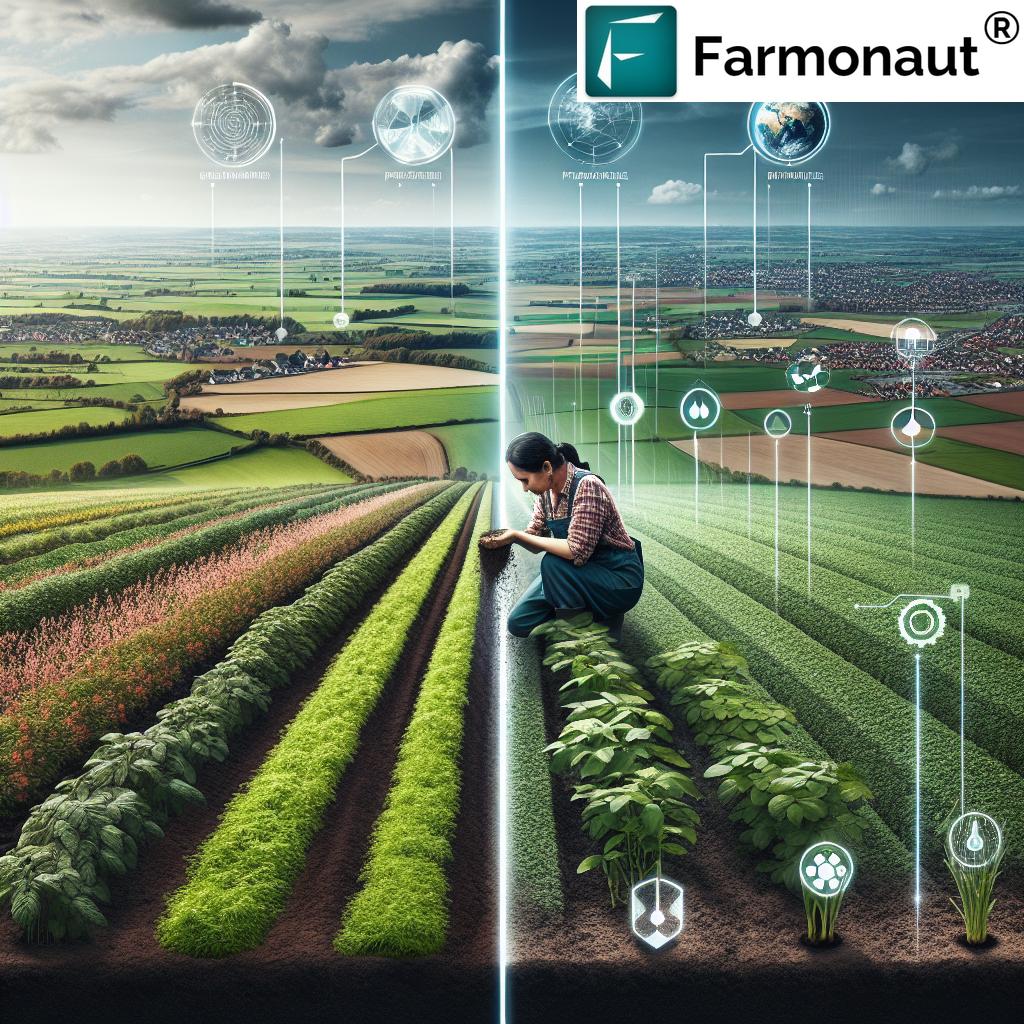“In Finland, over 40% of municipal biowaste is sorted for recycling, powering biogas and fertiliser production.”
Biowaste Sorting in Finland: 7 Powerful Ways to Boost Recycling
Welcome to our in-depth guide on biowaste sorting in Finland, a keystone of sustainable municipal waste management. As members of a global community passionate about environmental solutions, we understand how critical it is to optimize the way we handle organic waste. With the Finnish Solid Waste Association (Kivo) spearheading campaigns for more responsible recycling, our collective focus is on unlocking the tremendous potential of biowaste—turning yesterday’s leftovers into tomorrow’s energy and agricultural resources.
Recent waste composition analyses in Finland have revealed that almost 29.2% of mixed waste is still made up of biodegradable materials, a missed opportunity for biogas production, nutrient-rich fertiliser creation, and energy yield. As municipal waste management measures ramp up, so does the need for improving recycling practices—and that’s precisely where this blog provides a roadmap.
Table of Contents
- Why Biowaste Sorting Matters in Finland
- Understanding the Composition of Finnish Biowaste
- 7 Powerful Ways to Enhance Biowaste Sorting
- Biowaste Sorting Methods and Impact in Finland [Comparison Table]
- The Role of Biowaste in Energy and Fertiliser Production
- Farmonaut: Empowering Sustainable Agriculture
- Getting Involved: Steps for Households and Organisations
- Frequently Asked Questions (FAQs)
Why Biowaste Sorting Matters in Finland
The need for robust biowaste sorting systems in Finland has never been more pressing. With urbanisation on the rise and consumption habits changing, we’re producing larger amounts of organic waste than ever before. Yet, when biowaste is improperly mixed with general waste, its incredible value is lost—its nutrients are incinerated instead of being recycled into biogas or nutrient-rich fertiliser.
- The combustion of organic material in mixed waste streams results in the destruction of critical nutrients.
- Proper separation increases biogas production, reduces landfill mass, and sustains a vital resource loop between cities and agriculture.
- Each tonne properly sorted and processed at biogas plants can power vehicles, businesses, and generate enough fertiliser to grow food for communities.
- Efficient sorting also increases energy yield from the waste-to-energy process, as dry waste incinerates more efficiently than moist, organic matter.
As we lean further into renewable solutions, improving how we sort, separate, and recover biowaste becomes a defining sustainability challenge—one which, if addressed, will benefit municipalities, the environment, and generations to come.
Understanding the Composition of Finnish Biowaste
Our journey to better municipal waste management starts with a look into Finland’s waste bins. According to recent composition analyses, a staggering 29.2% of the country’s mixed waste stream is biodegradable—that’s millions of kilograms of valuable material being lost annually to incineration.
In practice, this means that:
- Large amounts of organic matter are used for fuel in waste-to-energy plants rather than as bioresources for agriculture or fertiliser production.
- The nutrient cycle is broken—the nutrients in our food waste do not return to the soil, diminishing agriculture’s ability to grow healthy crops.
- The high moisture content of biowaste reduces energy efficiency since it doesn’t combust as effectively as dry waste.
- Recycled and processed biowaste at biogas facilities, however, can yield enough biogas from a single bag to power a car for four kilometres and generate nutrients for growing 400 grams of rye bread.
- Home composting remains a vital practice—about 40% of non-municipal biowaste users prefer to compost in their own gardens, closing the “kitchen-to-garden” loop.
Clearly, we have considerable room for improvement in how we capture, sort, and direct biowaste into productive cycles. Finland’s regional waste management firms are now focusing their campaigns on this very mission.
“Improved biowaste sorting could increase Finland’s renewable energy output by up to 10% through enhanced biogas generation.”
7 Powerful Ways to Enhance Biowaste Sorting
The Finnish Solid Waste Association (Kivo) and municipal waste management authorities are actively seeking innovations and behaviour changes to reverse wasteful practices.
- Our campaign is rooted in analyses, outreach, infrastructure, regulation, technology, and grassroots action.
1. Rolling Out Separate Biowaste Bins at Every Household
Increasing accessibility to clearly marked biowaste bins is crucial. When every home—urban and rural—receives a dedicated, easy-to-use bin, the separation of organic from mixed waste rises significantly. Proper bin design and placement help reduce contamination and ensure higher quality for biogas and fertiliser production.
- Establishing region-wide bin delivery and support programs.
- Collaborating with local councils for ongoing public education.
2. Streamlining Municipal Collection Systems
Efficient municipal biowaste collection systems ensure that even the most dispersed communities can contribute. Regular, reliable pickups—paired with transparent collection schedules—prevent overflows and encourage compliance. Digital reminders and collection map apps can further nudge participation.
3. Launching Comprehensive Public Awareness Campaigns
The new Kivo campaign targets the public, firms, and regional authorities, showing how simple changes drive vast environmental benefits. Education materials emphasize the wide-reaching benefits: from reduced greenhouse gas emissions to lower incineration costs and energy savings.
- Community workshops, school outreach, infographics, and multilingual resources create broad engagement.
4. Incentivizing Home Composting
As composting at home is a long-standing Finnish tradition, offering incentives encourages more households to participate or upgrade their systems. Subsidies for compost bins, product discounts via municipal partners, and “community composting competitions” all increase engagement.
- Estimated 40% of non-municipal biowaste is composted at home, supporting direct nutrient return to the garden.
5. Upgrading Recycling Infrastructure
Investment in smart, future-proofed facilities—from transportation fleets equipped for biowaste to new biogas plants with larger capacity—allows us to process greater amounts of sorted organics. Data-driven logistics, like those facilitated by modern fleet management tools, can optimize collection networks and minimize environmental footprints.
6. Enforcing and Updating Sorting Regulations
Effective waste management relies on progressive, clear, and strictly enforced regulations: requirements for biowaste separation, mandatory penalties for non-compliance, and regular audits of waste streams. Standards must adapt as new analyses reveal emerging patterns of waste behaviour.
- Transparent reporting creates accountability among both households and businesses.
7. Leveraging Technology for Precision Waste Management
Innovations such as mobile tracking apps, AI-based sensor sorting, and geospatial analytics (see Farmonaut’s Agro-Admin App) provide actionable data to municipalities, companies, and citizens alike. Feedback loops enable immediate improvements, while blockchain-based traceability tools (explore Farmonaut Traceability) can ensure the source and handling of waste meets sustainability goals.
- Embracing these tools will allow us to monitor composition, optimize resources, and visualize the impact of campaigns in real time.
Biowaste Sorting Methods and Impact in Finland [Comparison Table]
| Sorting Method | Estimated Biowaste Collected (tonnes/year) | Estimated Recycling Rate (%) | Impact on Biogas Production (MWh/year) | Impact on Fertiliser Production (tonnes/year) | Sustainability Benefit |
|---|---|---|---|---|---|
| Separate Household Biowaste Bins | 280,000 | 60 | 120,000 | 70,000 | Maximizes municipal collection & recovery |
| Home Composting | 110,000 | 24 | n/a (direct nutrient return) | 30,000 | Closes nutrient loop, soil health boost |
| Public Awareness Campaigns | 85,000 | 15 | 30,000 | 15,000 | Behavior change, long-term engagement |
| Advanced Collection Systems | 60,000 | 11 | 27,000 | 8,000 | Smoother logistics, fewer missed pickups |
| Upgraded Infrastructure | 120,000 | 20 | 100,000 | 40,000 | Higher recovery, less lost energy |
| Regulation & Enforcement | 40,000 | 7 | 10,000 | 6,000 | Sets baseline, prevents lapses |
| Digital & AI Solutions | 35,000 | 6 | 8,000 | 3,000 | Precision management, feedback-driven |
The Role of Biowaste in Energy and Fertiliser Production
From Kitchen Waste to Renewable Fuel: The Biogas Journey
By improving biowaste sorting, we unlock Finland’s ability to generate significant supplies of biogas—a versatile, low-emissions fuel that can power cars, buses, and industrial operations. Each bag of separated food waste sent to a biogas plant can run a vehicle for up to four kilometres. As Pasi Muurinen (CEO, Pirkanmaan Jätehuolto) emphasizes, “There’s still a large amount of biowaste in mixed waste that could be processed at biogas plants.”
Nutrient-Rich Fertiliser from Biowaste
The process not only produces energy, but yields a valuable byproduct: nutrient-rich residue—a perfect, organic fertiliser for Finnish farms. Instead of incineration, these nutrients return to the soils, promoting robust crop growth and supporting the nation’s food security.
Did you know? The amount of nutrients generated from one bag of biowaste is enough to grow 400 grams of rye bread—demonstrating the powerful potential of even a single act of proper sorting.
Circularity and Sustainability in Finnish Agriculture
Through improving recycling practices and recapturing nutrients, we actively contribute to a sustainable, circular Finnish economy:
- Biodegradable materials in waste streams move seamlessly from urban kitchens to rural fields and back onto our tables.
- Agricultural efficiency rises, reducing dependency on synthetic fertilisers and imported compounds.
- Energy recovery from otherwise wasted organic matter provides resilience for communities facing fossil fuel volatility.
Want to track and reduce carbon emissions from your farm or agribusiness?
Explore Farmonaut’s satellite-based carbon footprinting solution — empowering you with real-time data and environmental control.
Farmonaut: Empowering Sustainable Agriculture
While we focus on biowaste sorting and organic waste recycling, advancing agricultural sustainability is at the heart of what we do at Farmonaut. Our platform delivers satellite-based farm management solutions—from Web, Android, iOS, or API—so farmers and land managers across Finland (and globally) can use actionable insights to increase crop productivity and resource efficiency.
- Real-time crop health: Satellite imagery enables precise monitoring of vegetation health (NDVI), soil moisture, and pest activity, helping farmers act fast and smart.
- AI-based advisory: Our Jeevn AI system offers tailored advice, weather forecasts, and crop management tips, leading to less waste, better yields, and more sustainable outcomes.
- Blockchain for transparency: Our traceability solution helps assure organic food and fertiliser buyers of their product’s journey, enhancing trust in every transaction.
- Fleet management: We offer tools to optimize logistics—reducing fuel use, emissions, and costs in farm operations and waste collection.
- Resource and carbon tracking: Our users monitor inputs and emissions, making evidence-based moves towards full circularity.
Our vision: Make affordable, advanced precision agriculture accessible to all, supporting biowaste-to-fertiliser and sustainable food systems everywhere!
Trace every step of your organic produce with secure, blockchain-based transparency—Learn more about Farmonaut Traceability.
Are you a developer or business looking for direct satellite or weather data integration?
Access our Farmonaut API and Developer Docs.
Getting Involved: Steps for Households and Organisations
For Households:
- Learn local biowaste guidelines and always use the dedicated biowaste bin.
- If possible, start composting at home using food scraps and garden waste. Even an apartment balcony can host a worm bin!
- Keep biowaste “pure”—do not include plastic or non-biodegradable waste to avoid contamination.
- Share your enthusiasm—teach children and neighbours about the value of reducing mixed waste in households.
For Organizations & Businesses:
- Review and upgrade in-house waste separation protocols to ensure all staff sort properly.
- Participate in Kivo’s campaigns and display educational signage.
- Use digital tools and track biowaste output—monitor, report, and aim to reduce quantity of burnable waste.
- Contact your local municipal waste management authorities to join biowaste pilot or research programs.
Region-Wide Change
- Support policy moves to increase biowaste separation requirements and invest in infrastructure.
- Celebrate regional successes (such as in Pirkanmaa, where the amount of biowaste in mixed bins fell from 37.7% to 32.7% over two years).
- Track progress via regular analyses and share results!
Farmers can secure financing with confidence—Explore Farmonaut’s crop loan & insurance satellite verification.
Frequently Asked Questions (FAQs) about Biowaste Sorting in Finland
What is biowaste, and why is it important to sort it?
Biowaste refers to all biodegradable organic materials originating primarily from households and the food industry (like kitchen scraps, food leftovers, and garden waste). Proper sorting ensures we don’t waste the significant energy and nutrient potential of these materials and instead channel them into biogas production and fertiliser creation, reducing our environmental impact.
How much biowaste is still found in Finnish mixed waste streams?
Despite improvement efforts, almost 29.2% of the average Finnish mixed waste stream consists of biodegradable organic matter. Pirkanmaa, an exemplary region, reduced this from 37.7% (2022) to 32.7% (2024).
How can biowaste sorting boost energy production in Finland?
Sorted biowaste is processed at biogas facilities to generate low-emission fuel for transport and industry. Enhanced sorting could increase the nation’s renewable energy output by up to 10%.
What are the main benefits of composting at home?
Composting at home enables households to directly return nutrients to their own gardens, reducing reliance on synthetic fertilisers, closing a local nutrient loop, and lowering the demand on municipal collection.
Which Finnish authorities are leading biowaste sorting initiatives?
The Finnish Solid Waste Association (Kivo), together with regional waste management firms like Pirkanmaan Jätehuolto, organizes campaigns and rolls out new infrastructure and regulations to support improved municipal waste management.
What happens if biowaste is burned in waste-to-energy plants?
Incinerating unsorted organic waste destroys its potential value. Moisture-rich biowaste burns less efficiently, reducing the total energy yield and eliminating nutrients that could be recycled as fertiliser for agriculture.
How can technology further improve biowaste management?
Digital tracking tools, satellite monitoring, and blockchain traceability (like those offered by Farmonaut) enable precision oversight, better enforcement, rapid feedback, transparency, and scalable improvements from household to regional scale.
Conclusion
Finland’s success in biowaste sorting reflects our shared commitment to building a truly circular and sustainable society. By combining technology, regulation, infrastructure, and community engagement, we move ever closer to a world where no valuable organic material is wasted, and our cities are powered by the very food scraps we once threw away.
Through ongoing campaigns, public education, smart sorting, and digital innovation, Finland is setting the gold standard for municipal waste management—proof that, when acting together, even the most biodegradable waste streams can power our future.
Ready to be part of the biowaste sorting revolution? Download the Farmonaut App for real-time, actionable insights on farm and resource management, and become a champion for sustainability in your community!


